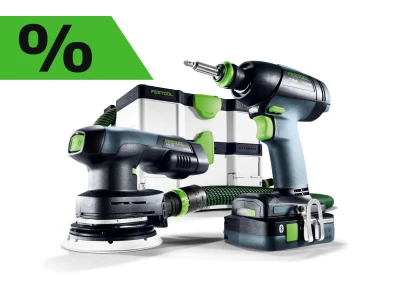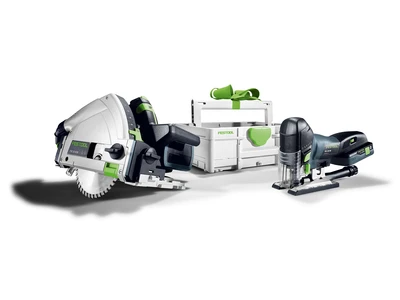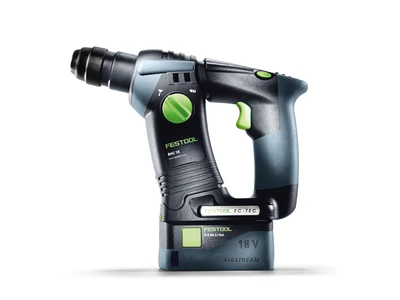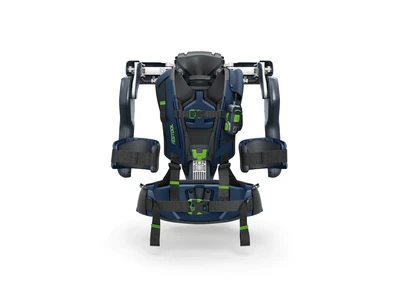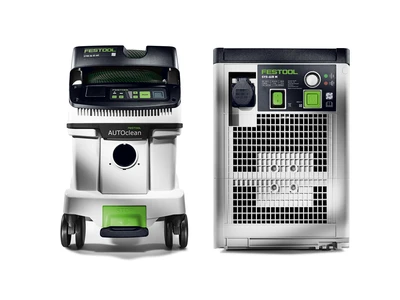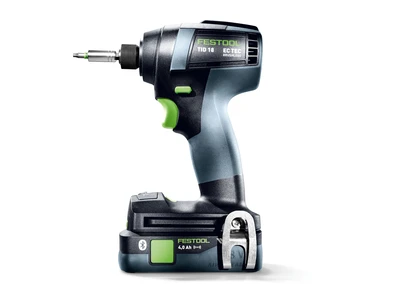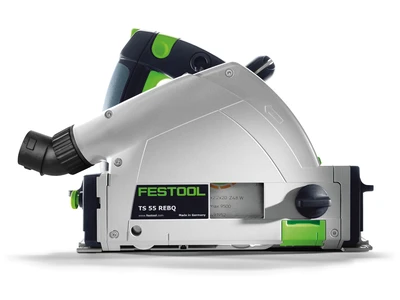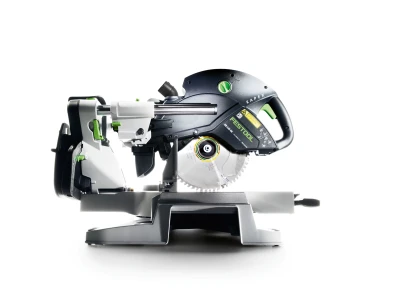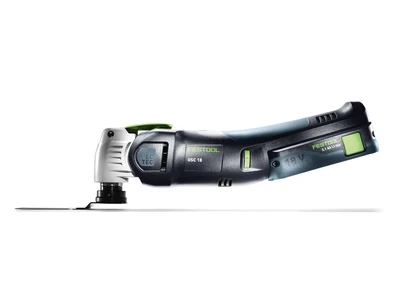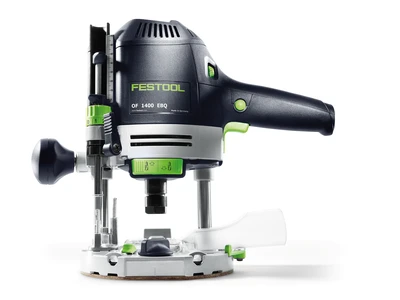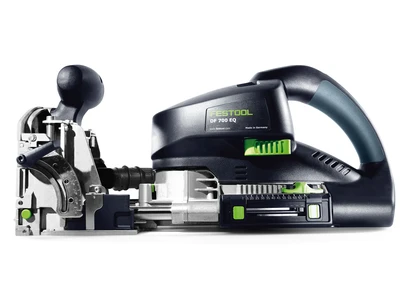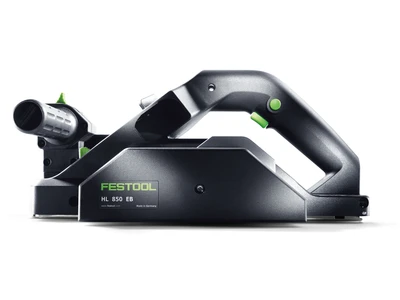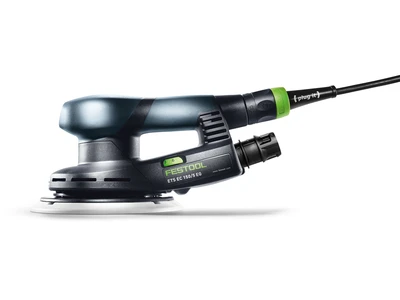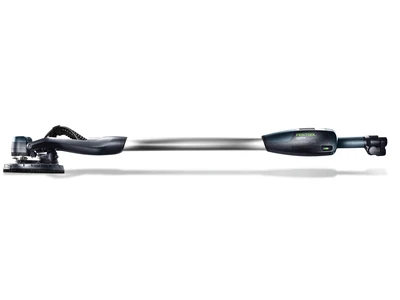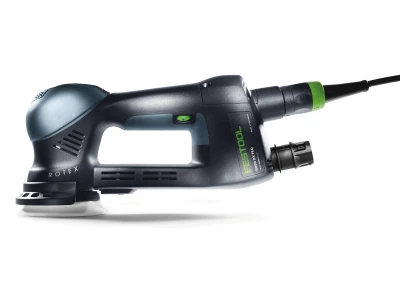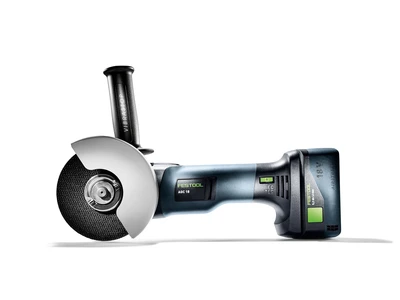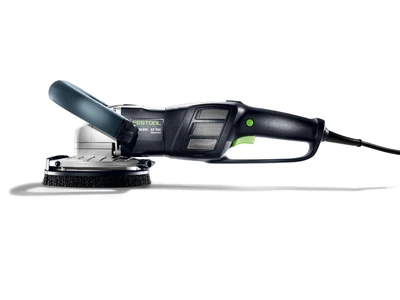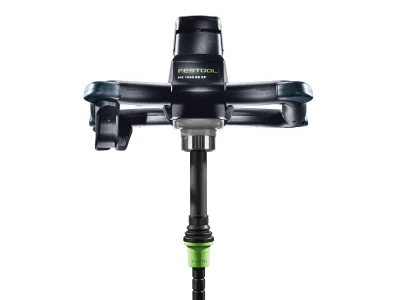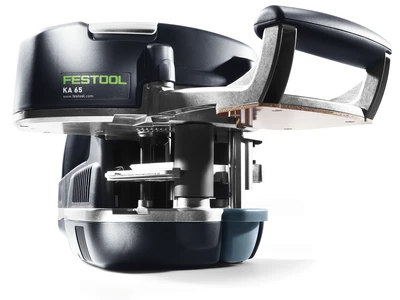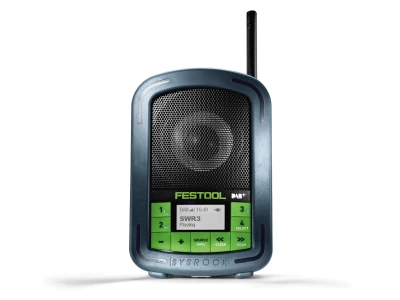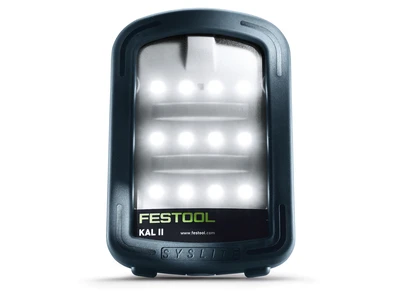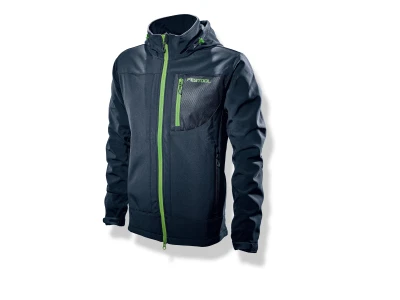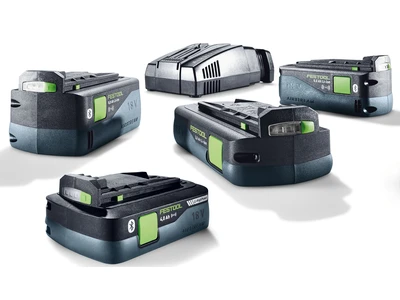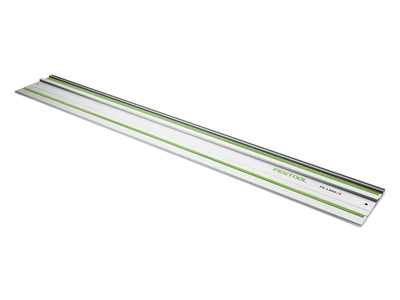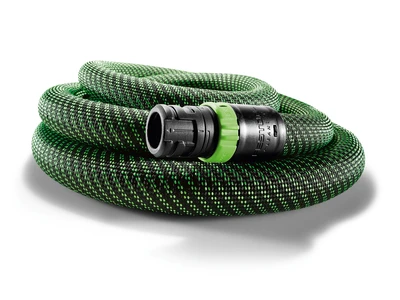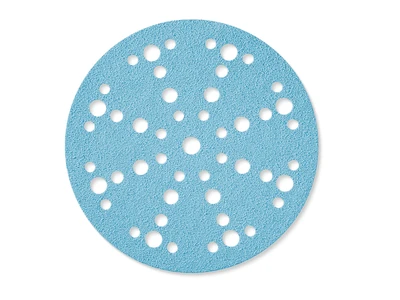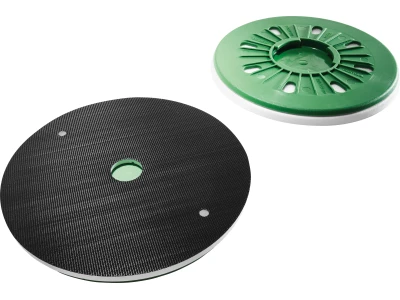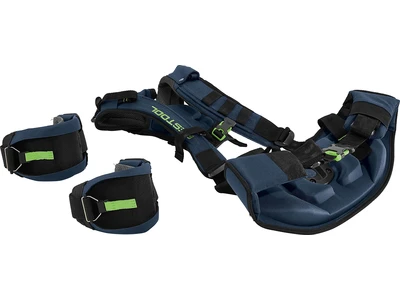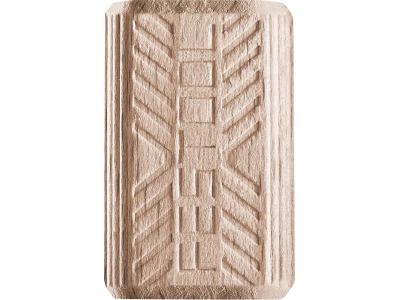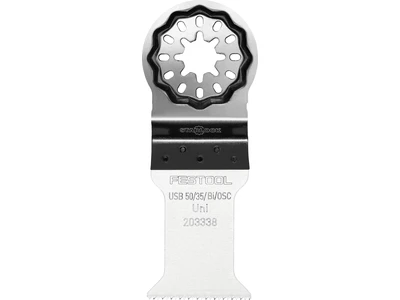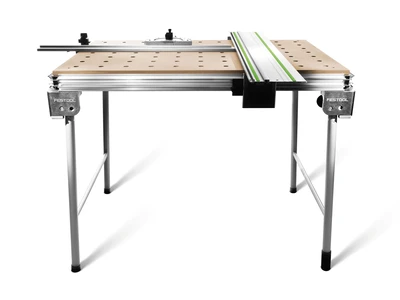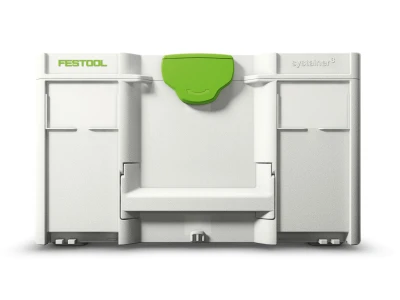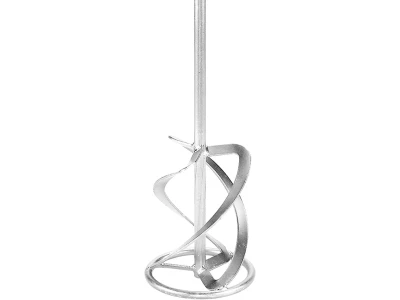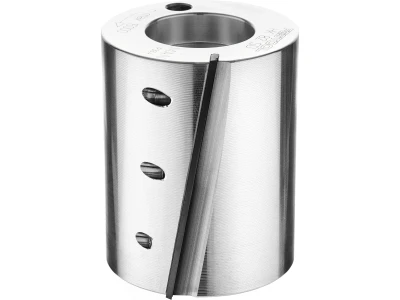Markus Schmid: Kickbacks are generated when the forces between the workpiece and the machine suddenly increase. For example, this may happen if you plunge a plunge-cut saw into a workpiece at a high speed. The forces causing chip formation will increase considerably and, at a certain stage, this may result in tilting between the cutting edges and the wood. However, since the saw blade is still being driven, the machine is accelerated backwards, towards the user. In other words, the machine is "kicked" backwards.

Working without kickbacks
The new KickbackStop technology from Festool discussed in detail
What do we understand by a "kickback effect"? And during what type of work does it occur?


Does this problem only occur when sawing or also during other activities?
MS: There may also be tilting or jamming when carrying out powerful drilling work, such as when using core bits and auger bits. This results in the machine rotating around the drive axle. In our machines' performance categories, this type of kickback can't be intercepted by the user and, in the worst-case scenario, they may twist their wrist.

What injuries could potentially be caused?
MS: In a best-case scenario, there are no injuries and users just feel a sense of shock. Many kickbacks can be avoided during sawing work with a plunge-cut saw by concentrating on your work, slowly guiding the saw and operating the tool with two hands. If a kickback occurs and users are in an awkward position in relation to the saw, this may cause deep cutting injuries or even the amputation of fingers. For cordless drills with EC motors (brushless motors), the potential hazard lies in the high torque. If full power is deployed, this may result in the user's wrist being broken in the worst-case scenario. While powerful screwdrivers increase our customers' productivity, they also pose more hazards than manual screwdrivers. Here at Festool, it's our goal to further improve safety at the same time as increasing performance and to avoid these types of injury hazards.
What difference does the KickbackStop technology from Festool make?
MS: The KickbackStop technology from Festool is an active technology. This means that an appropriate sensor system is used to detect the kickback at an early stage. A response is then triggered and this reduces the effects to manageable levels for users.

The new KickbackStop technology is currently available with the new QUADRIVE TPC 18/4 and TCD 18/4 cordless drills, as well as with the new TSC 55 K plunge-cut saw. It goes without saying that cordless drills and cordless plunge-cut saws are two completely different tool classes. Does the KickbackStop work differently in these types of tools?
MS: Yes and no. The TPC 18/4 and TDC 18/4 cordless drills use appropriate movement detection to identify whether the tool is rotating around the machining axis too quickly. In contrast, the TSC 55 K plunge-cut saw detects whether the plate is lifted from the guide rail or the workpiece. What the two tool classes have in common is that a motor brake is then initiated.

Do you notice the KickbackStop technology in your everyday work?
MS: The KickbackStop technology is specially optimised to the relevant application. Since, in addition to safety, productivity is key to our customers, there must be no limitations in their everyday work. The KickbackStop technology is always active in the background while users carry out work and it monitors the machine's movement. The KickbackStop technology only becomes active when a kickback occurs.
Is the KickbackStop technology in the new TSC 55 K exclusive to Festool?
MS: The KickbackStop technology developed by Festool is exclusively used in this form in the new TSC 55 K for the first time. It can detect any form of kickback and reduce the effects to manageable levels. There are other passive systems available, like our FS-RSP Kickback stop. This system jams the machine with the guide rail and prevents any kickback towards the user if they plunge the tool into the material too quickly. But it only works in these circumstances. Currently, only Festool offers an active system which uses sensors to detect kickbacks in this way, as with new TSC 55 K model, and to reduce the effects of kickbacks to manageable levels.
What role do safety and health protection play in developing new power tools?
MS: They're very important. Our users' safety is extremely important to us. Festool already has a track record of contributing to health protection, such as with the "Dust-free initiative". In addition, we make a major contribution towards improved workplace safety with our SawStop AIM technology in the TKS 80 table saw. We believe that the topic of safety will become even more important to users in the future and there's great potential in the area of power tools.

Is the KickbackStop in the plunge-cut saw comparable with the SawStop AIM technology used in the Festool TKS 80 table saw?
MS: Only partly. The two technologies have the same ultimate goal, which is to prevent serious injuries. The SawStop AIM technology detects whether the saw blade has been touched and then drives an aluminium wedge into the saw blade in the space of just a few milliseconds. On the other hand, the KickbackStop technology detects any unexpected movement of the power tool and then activates the motor brake.
Will KickbackStop technology also be used in other power tools in the future?
MS: We endeavour to provide our users with safe Festool systems. We'll therefore check whether it's possible and makes sense to use KickbackStop technology in all future product developments.


